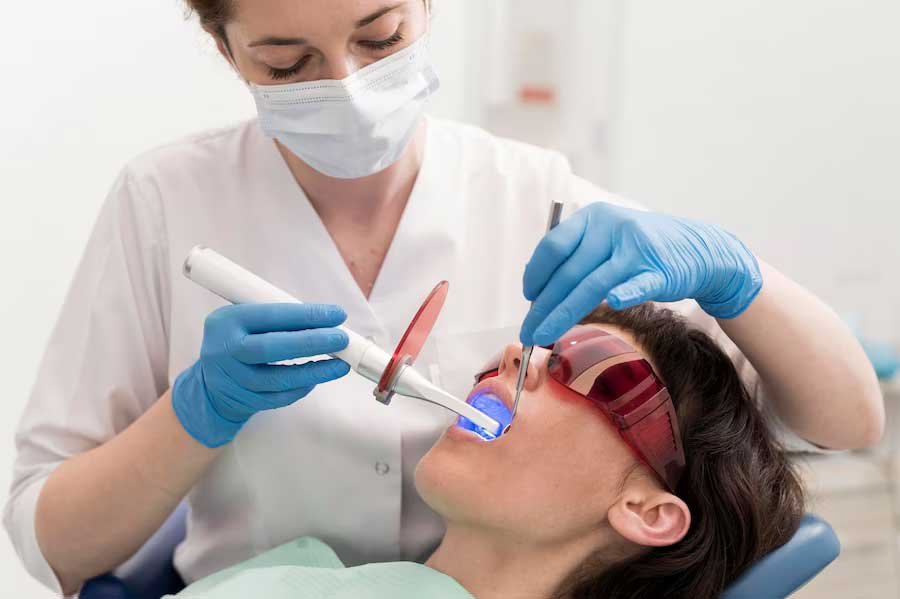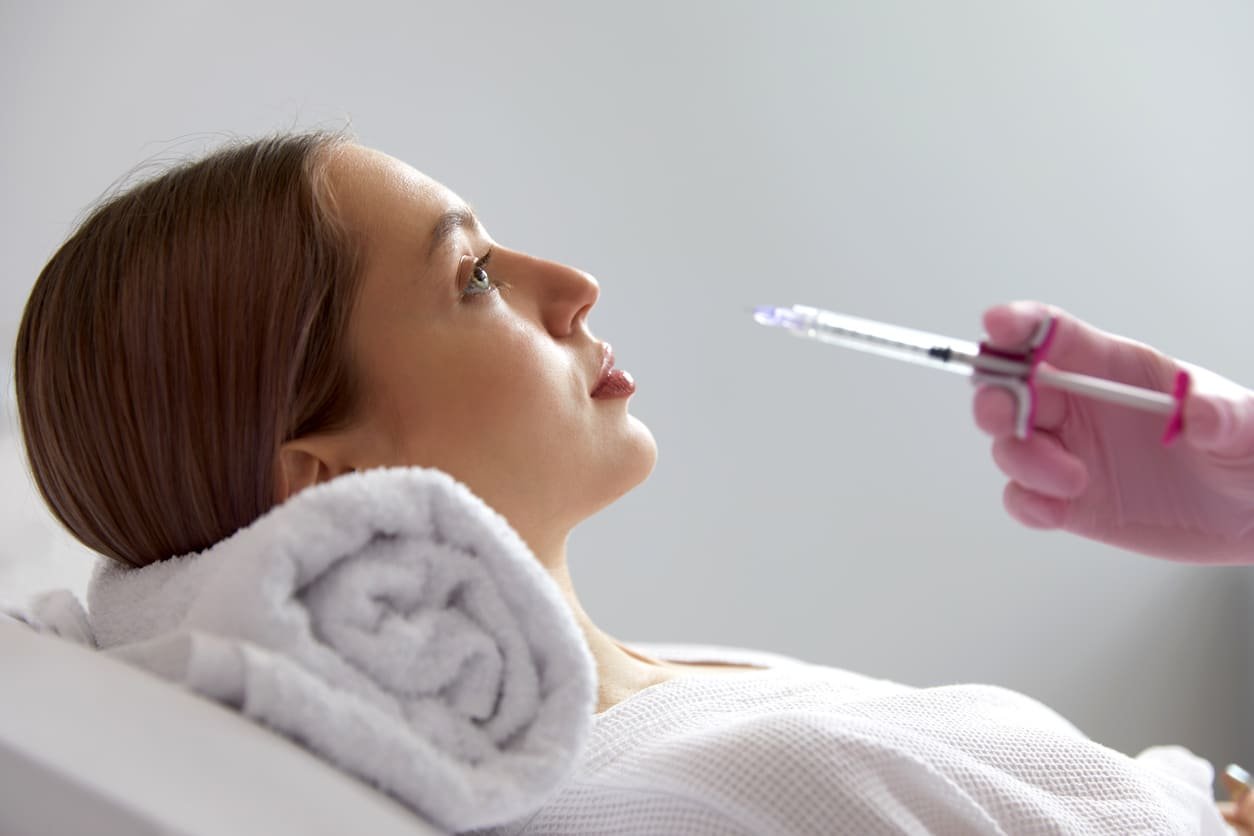A Root Canal in Abu Dhabi is a common dental procedure aimed at saving a damaged or infected tooth. It involves removing the infected pulp tissue, cleaning and disinfecting the root canals, and sealing them to prevent further infection. The goal of this procedure is to restore the health and functionality of the tooth, alleviating pain and avoiding extraction. After the treatment, many patients wonder what the results will look like once healing is complete. Understanding the typical outcomes can help set realistic expectations and ensure optimal post-treatment care for lasting results.
The Immediate Post-Treatment Phase
Initial Healing and Comfort
In the days immediately following the procedure, patients often experience some mild discomfort or sensitivity, which is a normal part of the healing process. This discomfort can usually be managed with over-the-counter pain relievers and should gradually diminish as healing progresses. The treated tooth may also appear slightly swollen or tender, but these symptoms tend to resolve quickly with proper care.
Signs of Successful Root Canal
A successful root canal is characterized by the alleviation of previous symptoms such as persistent pain, swelling, or discomfort when chewing. Once the infection is under control, patients typically notice improved oral health and comfort. The absence of ongoing pain or sensitivity is a positive indicator that the healing process is on track.
Visual Changes and Final Appearance
Restoration and Aesthetic Integration
After the root canal, the tooth often requires a crown or filling to restore its strength and function. When completed, the treated tooth should seamlessly blend with surrounding teeth, both in color and shape, provided it is restored properly. The aesthetic outcome is crucial for restoring confidence in your smile, especially if the treated tooth is visible when you speak or smile.
Color and Surface
The external appearance of the tooth after healing generally remains natural-looking. While the internal structure has been treated and sealed, the external surface should be smooth, healthy, and consistent with adjacent teeth. In some cases, discoloration may occur over time, but this can typically be managed with cosmetic procedures if desired.
The Healing Process and Long-Term Results
Bone and Tissue Recovery
Healing after a root canal involves the gradual repair of the surrounding bone and tissue, especially if there was prior infection or abscess. Over time, the body reabsorbs any remaining infection-related debris, and the bone begins to regenerate around the root tip. This process can take several months but is crucial for restoring the structural integrity of the jawbone.
Stability and Functionality
A well-performed root canal, followed by appropriate restoration, allows the tooth to resume normal functions such as biting and chewing. The tooth should feel stable and strong, functioning just like a natural tooth. Long-term stability depends on maintaining good oral hygiene and regular dental check-ups to monitor the health of the treated tooth and surrounding tissues.
Monitoring Healing and Follow-Up Care
Regular Dental Check-Ups
Routine follow-up appointments are essential to assess the healing process. During these visits, your dentist will evaluate the treated tooth through visual inspections and imaging tests to ensure that there are no signs of recurrent infection or other complications. Early detection of issues can prevent future problems and prolong the lifespan of the restored tooth.
Signs of Proper Healing
Signs indicating proper healing include the absence of pain, swelling, or sensitivity, along with a stable bite and healthy gum tissue around the treated tooth. The restored tooth should feel natural, with no discomfort during normal activities such as eating or speaking.
Patient Expectations and Results
Functional and Aesthetic Outcomes
The ultimate goal of root canal treatment is to preserve the natural tooth and restore its function while maintaining a pleasing appearance. Patients can expect the treated tooth to be as functional as a healthy, untreated tooth. A successful outcome also involves the elimination of infection and pain, contributing to overall oral health and well-being.
Long-Term Durability
With proper care, root canal-treated teeth can last a lifetime. Maintaining excellent oral hygiene, avoiding excessive force or trauma, and attending regular dental visits are key factors in ensuring long-lasting results. The integration of a durable restoration, such as a crown, further enhances the longevity and strength of the treated tooth.
FAQs About Root Canal Results
How long does it take for a root canal to heal completely?
Healing time varies depending on individual cases, but most patients experience significant improvement within a few days to weeks. Complete tissue recovery and bone healing might take several months, during which regular follow-ups are necessary to monitor progress.
Will the tooth look different after healing?
Typically, the external appearance of the tooth remains the same, especially when proper restoration is performed. Any discoloration or surface changes can often be addressed with cosmetic procedures, ensuring the tooth looks natural and blends well with surrounding teeth.
Is it normal for the tooth to be sensitive after healing?
Some sensitivity, especially to hot or cold stimuli, can occur temporarily after treatment. However, persistent or severe sensitivity should be evaluated by your dentist, as it could indicate complications that need attention.
Can a root canal-treated tooth get re-infected?
While root canal treatment has a high success rate, re-infection can occur if bacteria enter the sealed canals due to cracks, fractures, or gaps in the restoration. Maintaining good oral hygiene and regular dental visits are essential to prevent re-infection and ensure the longevity of the results.
In conclusion, Root Canal Abu Dhabi offers highly predictable and aesthetically pleasing outcomes when healing is complete. The treated tooth can look, feel, and function like a natural tooth, providing lasting benefits for your oral health and confidence. Proper follow-up care and good oral hygiene are vital to maintaining these excellent results over the years.
















Leave a Reply